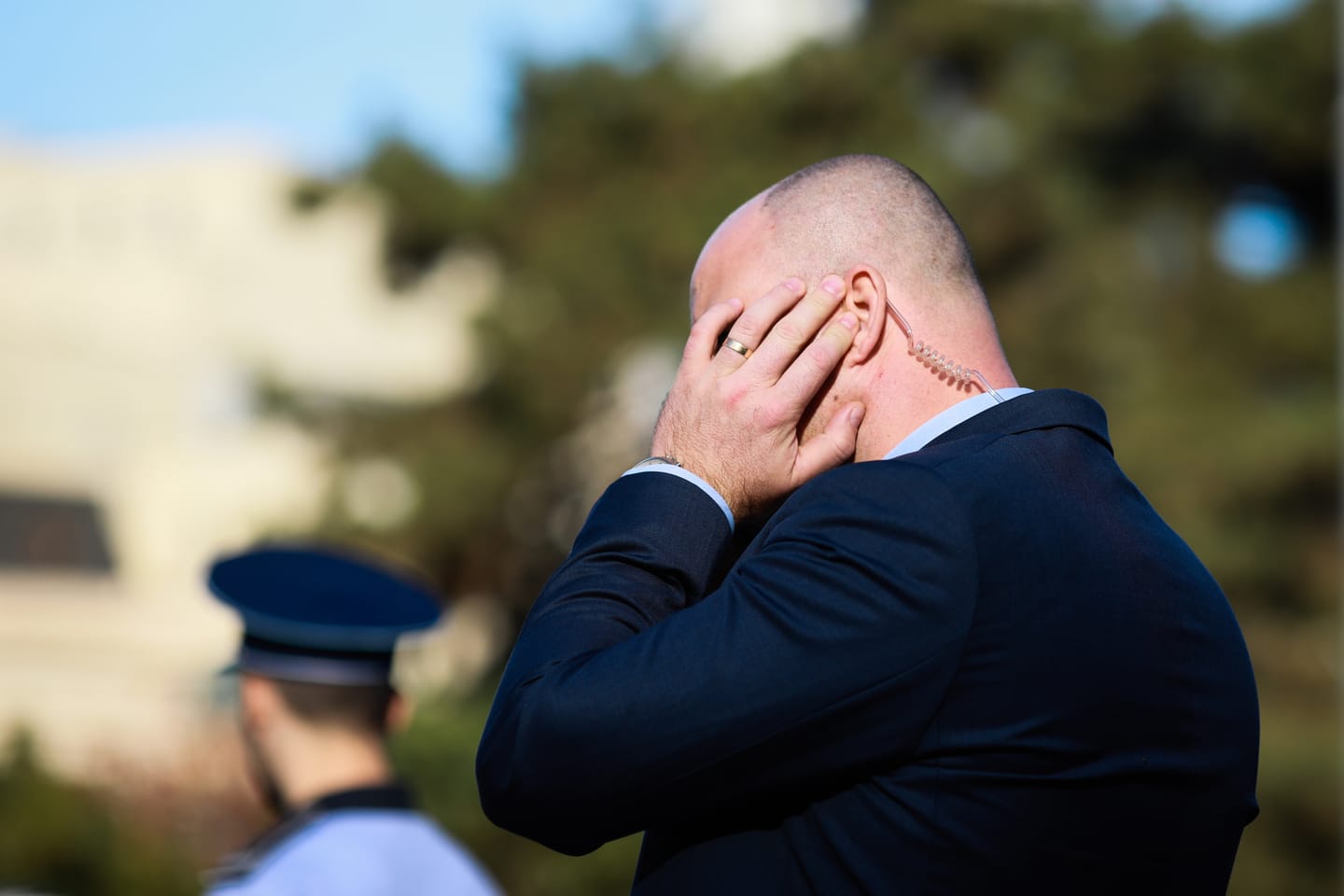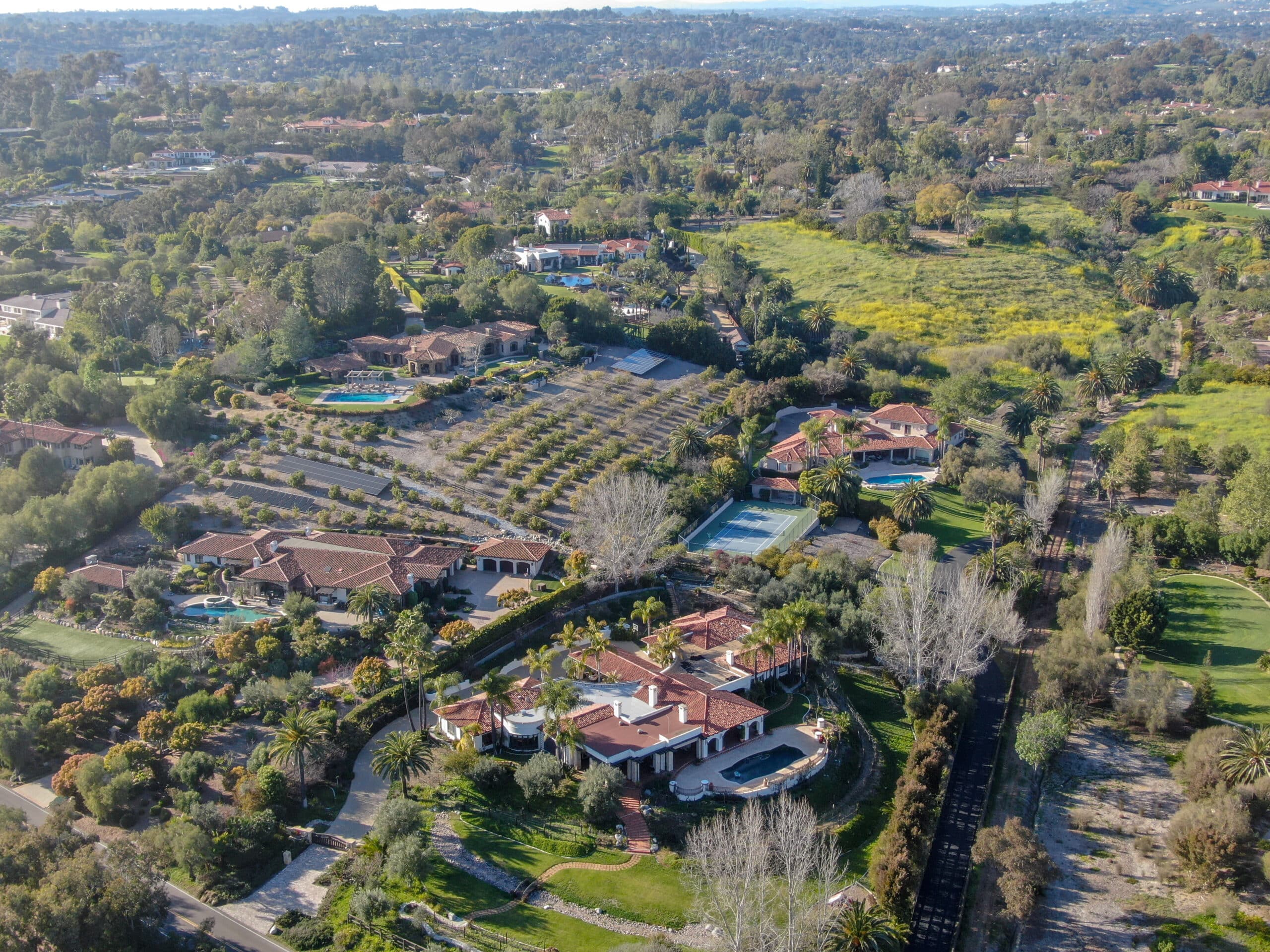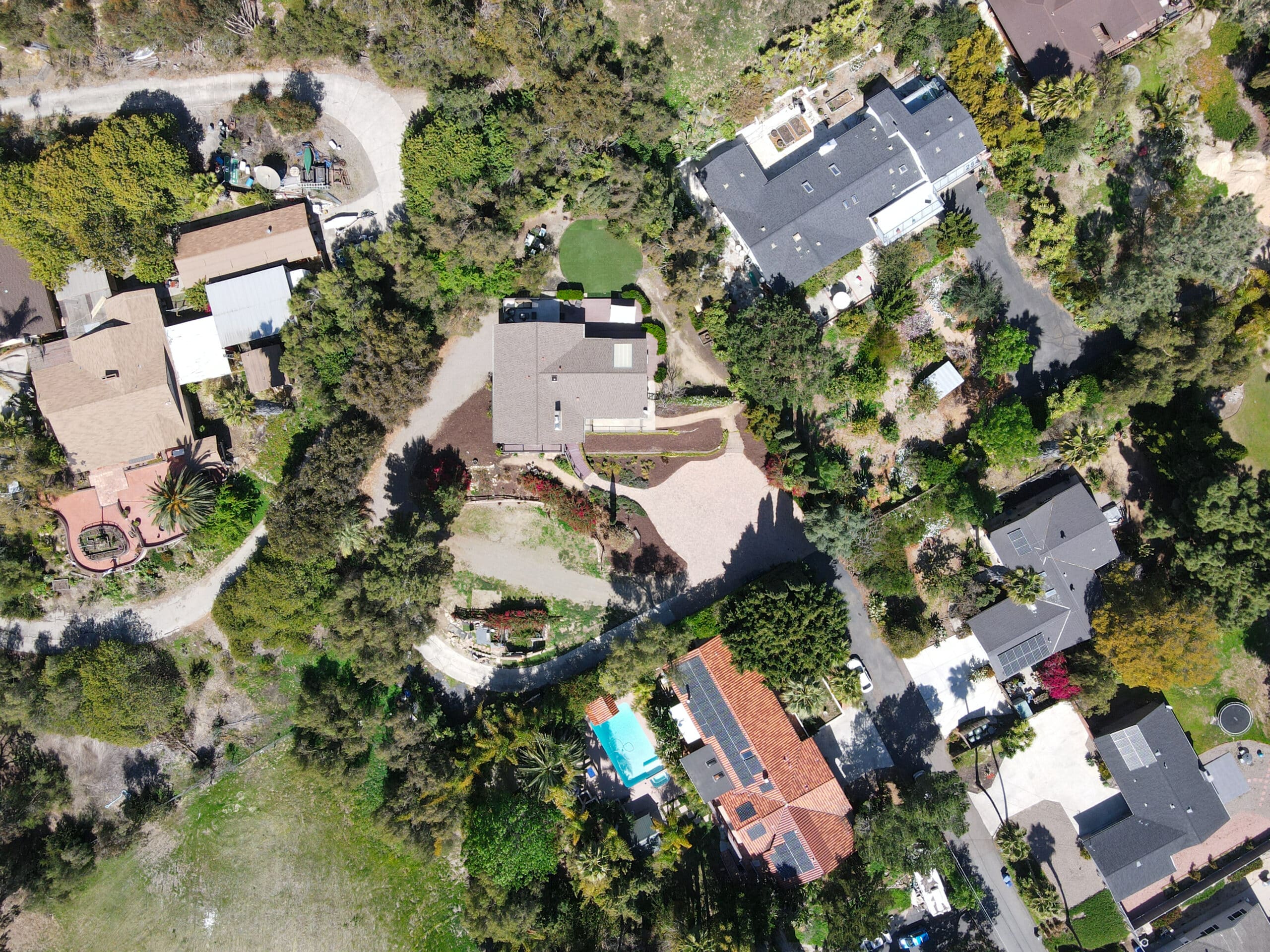Estimated reading time: 7 minutes
In the vibrant heart of Santa Monica, where the Pacific breeze meets the bustling tech and business scene, public meetings and networking events are pivotal for executives. These gatherings, while fostering collaboration and innovation, also present unique security challenges. Santa Monica’s executives, navigating the intersection of visibility and vulnerability, require sophisticated security measures to ensure their safety and the confidentiality of their discussions. This article delves into essential tips and strategies for securing public business meetings, focusing on identifying risks, collaborating with venue security, leveraging technology, and maintaining the integrity of sensitive information. Through a comprehensive approach to security, executives can engage in fruitful discussions and networking in Santa Monica’s public spaces with peace of mind, knowing their safety and that of their intellectual property is well-guarded.
Table of contents
- Assessing and Mitigating Venue Security Risks in Santa Monica
- Strategies for Partnering with Venue Security Teams in Santa Monica
- Advanced Surveillance Techniques for Executive Event Safety in Santa Monica
- Protecting Confidential Information at Santa Monica Networking Events
- Implementing Robust Safety Measures for Executives at Santa Monica Events
- Analyzing and Enhancing Event Security Outcomes in Santa Monica
- Conclusion
Assessing and Mitigating Venue Security Risks in Santa Monica
The first step in securing public business meetings in Santa Monica involves a thorough assessment of potential security risks associated with the chosen venue. This process is crucial for developing a proactive security plan tailored to the specific environment and anticipated threats.
Venue Vulnerability Assessment
Conducting a detailed vulnerability assessment of the venue is essential. This involves analyzing the location’s physical layout, entry and exit points, public access areas, and any previous security incidents. Understanding these elements helps in identifying potential security gaps and areas that require heightened surveillance or restricted access.
Crowd Control and Management
Public meetings often attract diverse crowds, including attendees, bystanders, and potentially, uninvited guests. Assessing risks related to crowd control and management is vital. Strategies to mitigate these risks include pre-registration of attendees, secure check-in procedures, and the presence of discreet yet effective security personnel to monitor and manage the crowd.
Digital Threat Assessment
In today’s connected world, digital threats are as significant as physical ones. Evaluating the risk of cyber attacks, especially during events where sensitive information is discussed, is critical. This includes securing communication channels, protecting attendee data, and ensuring that digital presentations or discussions are safeguarded against unauthorized access or surveillance.
Strategies for Partnering with Venue Security Teams in Santa Monica
For public business meetings in Santa Monica, establishing a collaborative relationship with the venue’s security team is pivotal. This partnership ensures that the executive protection strategy is comprehensive, covering both general venue security and specific executive needs.
Integrating Executive Protection with Venue Security
Creating a seamless security plan requires integrating the executive protection team’s efforts with the venue’s existing security protocols. This involves detailed briefings and coordination meetings to align security objectives, share intelligence, and develop a unified response to potential threats. The aim is to ensure that all security personnel, regardless of their primary responsibility, work towards the common goal of safeguarding the event and its participants.
Communication and Coordination Channels
Establishing clear communication and coordination channels between the executive protection team and venue security is essential. This includes setting up secure, real-time communication lines for the duration of the event, enabling swift sharing of information and coordination of responses to any security incidents. Regular check-ins and updates throughout the event help maintain a cohesive security posture.
Joint Security Drills and Rehearsals
Conducting joint security drills and rehearsals prior to the event can significantly enhance preparedness. These simulations should cover various scenarios, including medical emergencies, evacuation procedures, and response to aggressive behavior or threats. Such rehearsals ensure that both the executive protection team and venue security personnel are familiar with their roles and can execute their duties effectively under pressure.
Advanced Surveillance Techniques for Executive Event Safety in Santa Monica
Leveraging technology, specifically advanced surveillance systems, is a key element in enhancing security at public business meetings for executives in Santa Monica. These tools not only deter potential threats but also provide real-time intelligence to security teams.
Surveillance Technology Integration
Integrating state-of-the-art surveillance technology with traditional security measures offers a multi-layered defense strategy. This includes the use of high-definition cameras, facial recognition software to identify known threats, and discreet communication devices. Such technology enables security teams to monitor the event space comprehensively, identify potential risks early, and respond promptly.
Data-Driven Security Insights
Advanced surveillance systems generate valuable data that can inform security planning and response. Analyzing footage and other surveillance data helps in understanding crowd dynamics, identifying suspicious behavior, and evaluating the effectiveness of security measures. This data-driven approach allows for continuous improvement of security strategies.
Privacy Considerations
While surveillance is a powerful tool for event security, it’s important to balance safety needs with privacy concerns. Ensuring that surveillance practices comply with legal standards and ethical guidelines is crucial. Communicating the use of surveillance to attendees, while safeguarding their privacy, helps maintain trust and respect between executives, participants, and security teams.
Protecting Confidential Information at Santa Monica Networking Events
In the context of Santa Monica’s bustling executive networking scene, safeguarding sensitive information during public meetings is paramount. These events, while valuable for fostering business relationships, also pose risks of unintentional information leaks or eavesdropping by competitors.
Implementing Information Security Protocols
To protect sensitive data, executives and their security teams must implement robust information security protocols. This includes using encrypted communication channels for all discussions related to the event, ensuring that digital documents are securely stored and shared, and setting guidelines for what information can be discussed in public settings. Training staff and executives on these protocols reinforces the importance of information security at every level.
Controlling Access to Confidential Discussions
Designating specific areas within the venue for confidential discussions is a strategic move. Access to these areas should be tightly controlled, with entry limited to individuals who have a verified need to know the sensitive information being discussed. This physical separation of spaces reduces the risk of sensitive conversations being overheard by unauthorized attendees.
Digital Eavesdropping Countermeasures
In today’s digital age, the threat of electronic eavesdropping is ever-present. Employing counter-surveillance measures, such as bug sweeps and signal jamming in designated areas (where legally permissible), can protect against digital espionage. Additionally, advising executives to refrain from discussing sensitive topics on unsecured networks or devices further mitigates the risk of information compromise.
Implementing Robust Safety Measures for Executives at Santa Monica Events
Networking events are crucial for executives, yet they introduce scenarios where safety protocols must be meticulously planned and implemented to protect against both physical and reputational risks.
Personal Safety Measures
Personal safety measures for executives at networking events should include the presence of discreet security personnel who are familiar with the executive’s schedule and potential risk factors. These professionals can provide close protection that blends into the event setting, ensuring the executive’s safety without being obtrusive. Additionally, executives should be briefed on emergency exit routes and communication plans in case of an incident.
Reputation Management Strategies
The reputation of an executive can be as valuable as their physical safety. Implementing strategies to manage and protect an executive’s reputation involves monitoring social media and other digital platforms for potential threats or negative sentiment. Preparing response strategies in advance can help mitigate any reputational damage that may arise from incidents occurring during public events.
Health and Medical Preparedness
Given the current global health landscape, incorporating health and medical preparedness into safety protocols is essential. This includes ensuring that health guidelines are followed during the event, providing access to medical professionals or first aid in case of emergencies, and considering health risks in the planning of the event to safeguard not only the executive but all participants.
Analyzing and Enhancing Event Security Outcomes in Santa Monica
Post-event evaluation is critical to understanding the effectiveness of the security measures implemented and identifying areas for improvement. This process involves analyzing all aspects of the event’s security, from pre-event planning to real-time management and post-event debriefing.
Post-Event Security Debriefs
Conducting a comprehensive debrief with all security personnel involved in the event allows for the collection of insights and feedback on the security strategies deployed. This includes evaluating the effectiveness of communication, the response to any incidents, and the overall management of security risks.
Continuous Improvement Process
Security planning is an ongoing process that benefits from continuous improvement. Analyzing the outcomes of each event and integrating lessons learned into future security plans enhances the protection of executives over time. This iterative process ensures that security measures remain dynamic and responsive to evolving threats.
Stakeholder Feedback Integration
Gathering feedback from executives, attendees, and venue staff provides additional perspectives on the security experience. This feedback can highlight areas of success and opportunities for improvement, ensuring that future events are even more secure and that security measures align with the needs and expectations of all stakeholders.
Conclusion
In conclusion, securing public business meetings in Santa Monica requires a comprehensive approach that spans identifying risks, collaborating with venue security, leveraging technology, and protecting sensitive information. By implementing these strategies, executives can conduct their business with confidence, knowing they are well-protected against both physical and digital threats. Continuous evaluation and improvement of these security measures ensure that Santa Monica remains a safe and conducive environment for executive networking and business growth.












